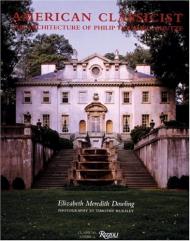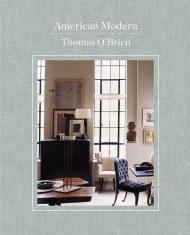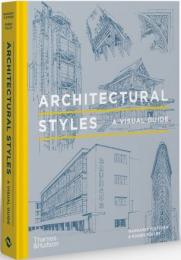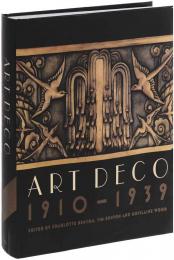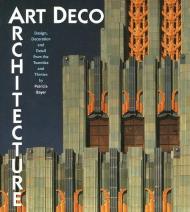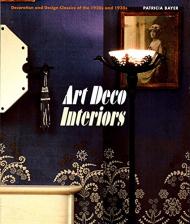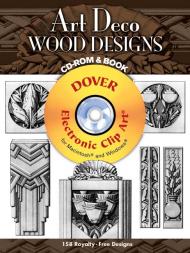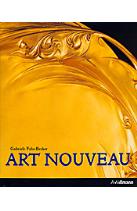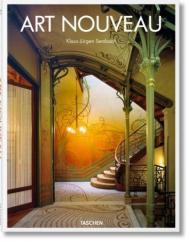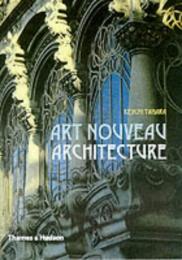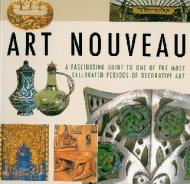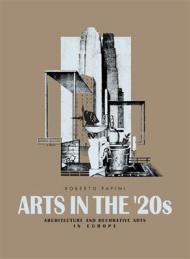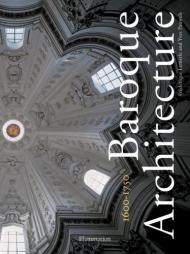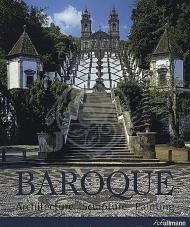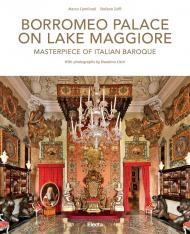In a career that spanned the first half of this century, Philip Trammell Shutze produced over 750 architectural works. Because his production was so large, this first book to examine his buildings concentrates on the more important ones, which as a body represent an architectural achievement of a very high order of refinement, grace, and beauty.
Although Shutze practiced from 1912 to 1968, covering the period of the ascendancy of modernism through its final triumph, he remained a firmly committed classicist, practicing out of an office in Atlanta where he produced an extraordinary body of monumental commercial and institutional buildings and country villas.
After graduating from Georgia Tech, Shutze stayed a year at Columbia University before he won the prestigious Rome Prize in 1915. Travelling to Rome later that year, he became a member of one of the earliest classes of fellows to occupy the recently completed American Academy on the Janiculum overlooking the city. The magnificent palazzo designed by America's most renowned architectural firm, McKim, Mead, and White, did not, however, please the fellows, who found it "too new," and therefore not authentic (Shutze would later devote much attention to techniques for instantly aging building facades).
With the coming of the First World War, Shutze and most of his classmates stayed in Rome as Red Cross volunteers, but when the war was over they returned to the Academy and to their studies. During his five years in Rome, Shutze immersed himself in learning everything he could about the great buildings of the Renaissance and Baroque periods. He painstakingly measured those buildings as well as the monuments of the Roman Empire, committing the smallest of details to paper and to memory.
Returning to the U.S. in 1920, Shutze worked in New York for Mott Schmidt, who designed townhouses for such families as the Astors, Morgans, and Vanderbilts, and he also worked for F. Burrall Hoffman, whose masterpiece is Villa Vizcaya in Miami. Within a few years, though, he returned to Georgia where he remained as the epitome of the "gentleman architect," designing some of the most beautiful buildings ever to grace the American landscape.
